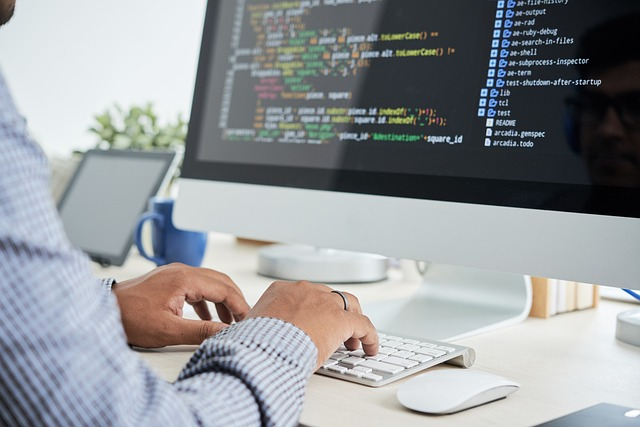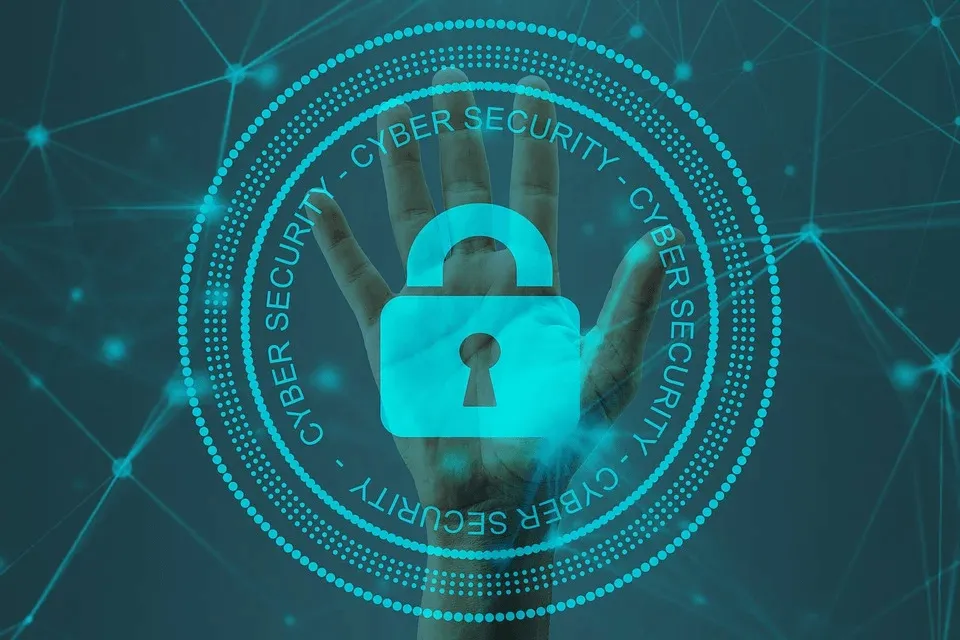As software developers, security is a fundamental piece of your work that should never be overlooked. Although implementing secure protocols may involve complex steps, it's absolutely essential to instill best practices into your development process in order to keep users' data safe and sound. This article will uncover the top five software security best practices you should start using today for maximum safety:
1. Educate Users on Security Measures
This can include tips on creating strong passwords, avoiding suspicious links or downloads, and regularly updating their operating systems. You can also provide resources such as knowledge bases or user guides that outline common security threats and ways to prevent them. It will enhance user experience and also minimize potential risks and vulnerabilities for your software. Continuously communicate with your users through regular email updates, in-app notifications, or even by creating a dedicated security page on your website.
2. Incident Management
This is the process of identifying, analyzing, and responding to incidents related to software security. Incident management procedures should include pre-planned responses to data breach incidents. The incident management approach should be comprehensive and consist of strategically defined internal and external resources that can quickly and effectively respond to attacks as soon as they are detected. This process synergy allows the prevention of the spread of the attack and minimizes the overall damage.
3. Acquire EULA
This End-User License Agreement matters in digital services and modern tools as it acts as a legally binding contract. It outlines the terms and conditions that apply to a particular service or software usage. This is to protect the intellectual property of the software developers. It should also include clauses related to:
- Disclaimers and Warrantie
- Termination clause
- Restrictions on the usage or distribution of the software.
Use Eula Generator tools to create a customized EULA for your software easily. A good platform will make this process quick and effortless. EULAs are not just a legal formality but an essential security measure that ensures users understand their obligations and your software's limitations.
4. Keep Software Updated
As hackers continuously evolve their tactics, developers must stay one step ahead by regularly updating their software. Outdated software makes it easier for hackers to access user data. This also includes keeping third-party libraries and frameworks updated, as they can be a weak link in your application's security if left outdated.
Set up automatic updates where possible to ensure your software is constantly updated, and regularly check for new security patches or versions. Use a vulnerability scanner to identify any potential security gaps in your software and address them promptly. Updates improve the security of your software and introduce new features and functionalities.
5. Regular Security Testing
Evaluate how the software is ably shielding itself against security issues. Start with a penetrative test, which will act as a real-life attack. It makes you see the vulnerabilities and strengths within the system, making it easy to know what adjustments need to happen for more protection.
Remember to do a dynamic analysis whereby you'll check the tool while it's running. It will enlighten on whether there are any runtime vulnerabilities and how cybercriminals can exploit them.
Endnote
It's necessary to have continuous attention and dedication to be effective with your software security. Staying to the proper habits when handling your data and evaluating security levels is necessary. This helps prevent unwanted access by intruders, which can bring about data breaches.


